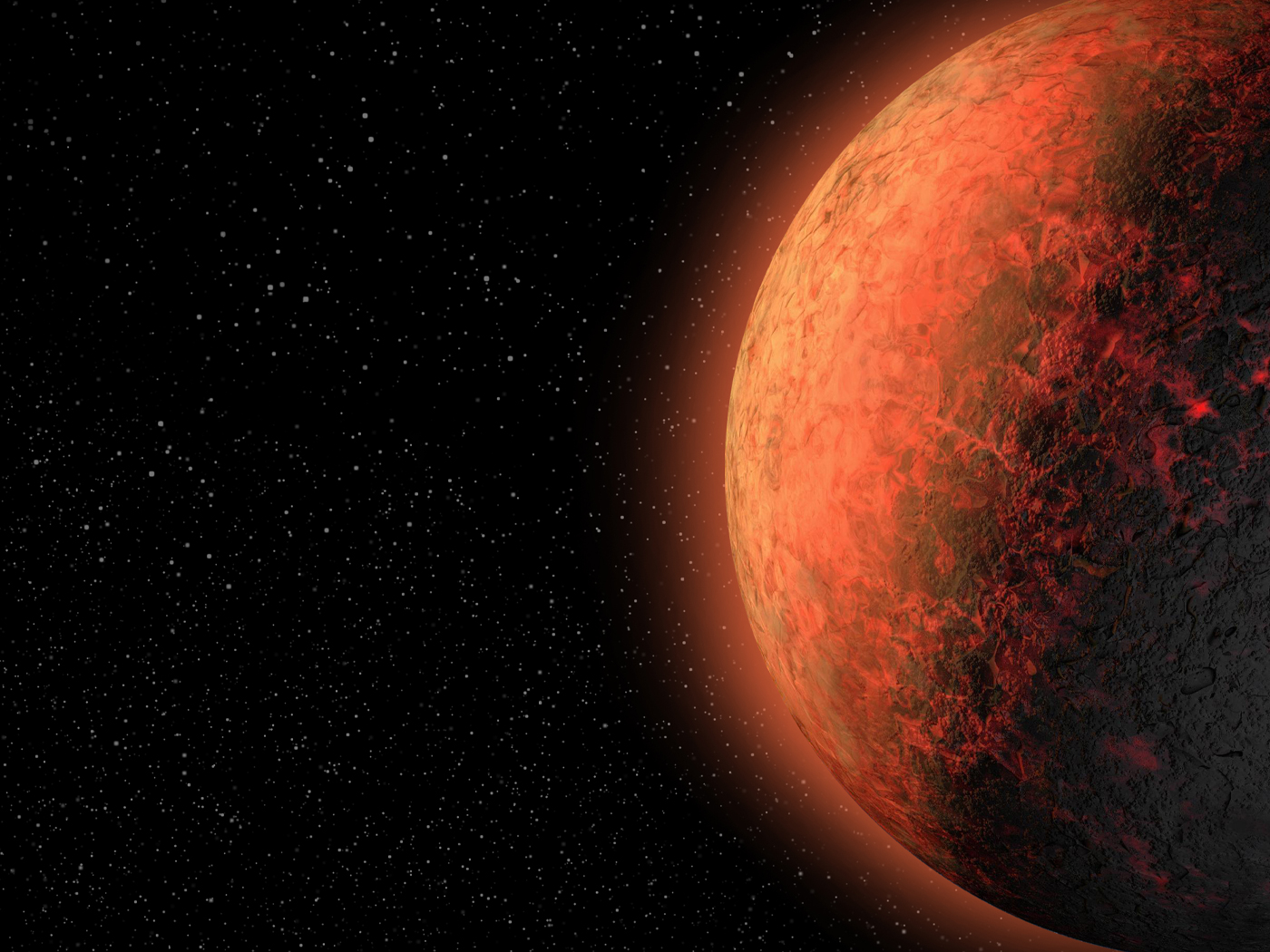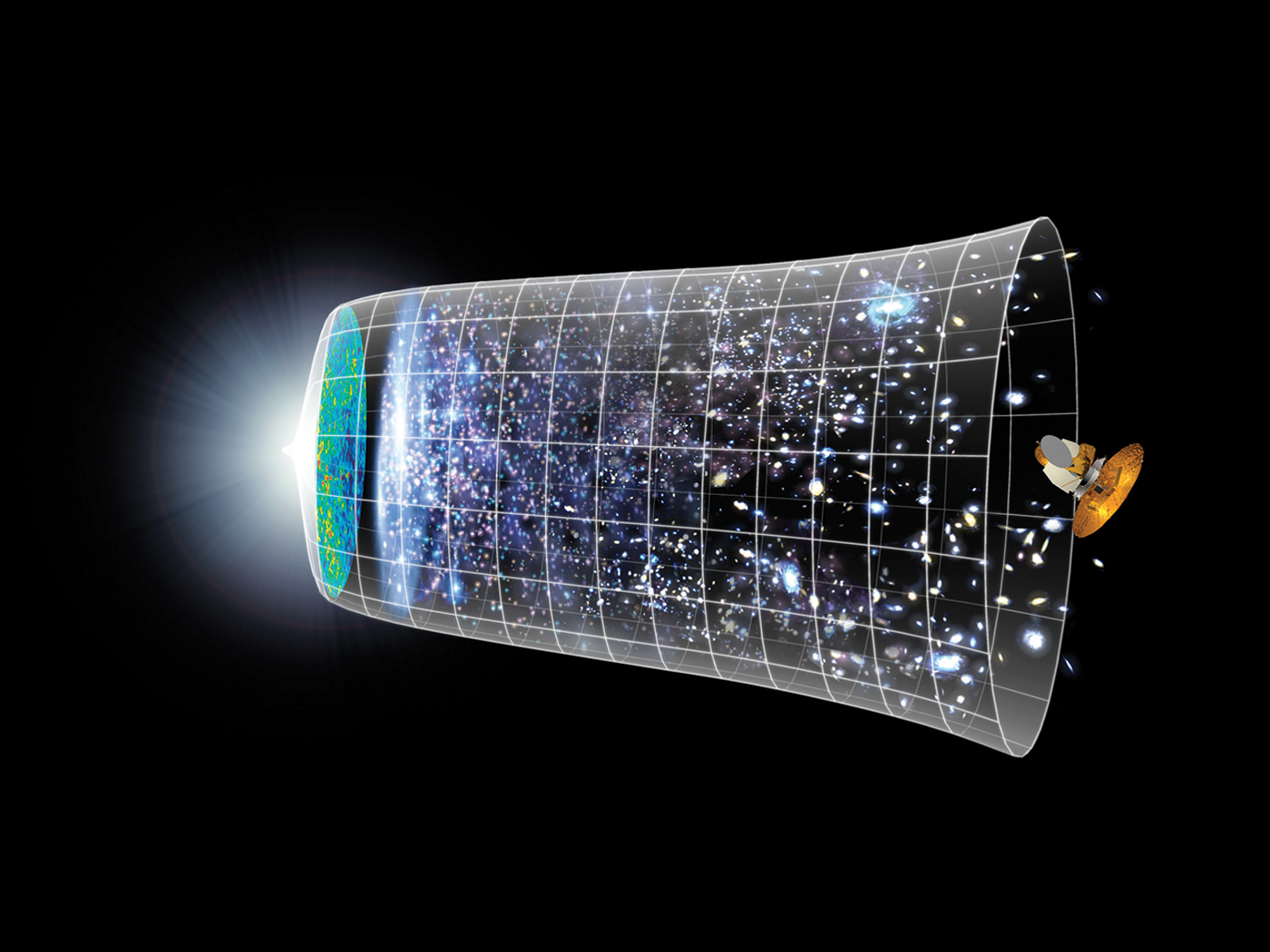Evolutionary biologists argue that since human and chimp DNA are nearly identical, both species must have evolved from a common ancestor. However, creation scientists have pointed out that their DNA is, in fact, very dissimilar. The vast majority of each species' DNA sequence is not genes, but instead regulated gene expression. A new report unmistakably confirmed that the regulatory DNA of humans is totally different from that of chimps, revealing no hint of common ancestry.
Biologist John F. McDonald, of the Georgia Institute of Technology's School of Biology, and his team wrote that chimp and human genes are more than "98.5% identical," a commonly quoted statistic.1 Yet humans don't look or act 98.5 percent identical to chimps. Thus, something other than genes must be involved, and this has been overlooked in evolutionists' efforts to establish chimp-human ancestry. In 2005, molecular biologist and creation scientist Dan Criswell wrote:
However, such sequence similarity was based only on a fraction [less than four percent] of the total genome of man and chimpanzees, and reflects only the physiological similarities of humans and chimpanzees based on their cellular protein content, not the overall genomic content. The homology [similarity] frequently reported for the human/chimpanzee genomes excluded "indels," which are areas with zero sequence homology.2
"Indels" refer to insertions (in-) and deletions (-del) of genetic material, but they are simply DNA sequence differences.
Publishing in the open access journal Mobile DNA, the research team led by McDonald tested the hypothesis that the "substantial INDEL variation that exists between humans and chimpanzees may contribute significantly to the regulatory differences between the species."1 McDonald said in a Georgia Tech press release:
Our findings are generally consistent with the notion that the morphological and behavioral differences between humans and chimpanzees are predominately due to differences in the regulation of genes rather than to differences in the sequence of the genes themselves.3
The team's analysis of indels confirmed exactly what Bible-believing biologists have been saying for years. The indels and other variously named non-gene DNA are not "junk DNA," and they are critical to the formation of each living creature.4 Biblical geneticist Jeff Tomkins wrote in 2009:
Most of the DNA sequence across the chromosomal region encompassing a gene is not used for protein coding, but rather for gene regulation, like the instructions in a recipe that specify what to do with the raw ingredients. The genetic information that is functional and regulatory is stored in "non-coding regions [including indels]," which are essential for the proper functioning of all cells, ensuring that the right genes are turned on or off at the right time in concert with other genes.5
The argument that chimp-human DNA similarity is evidence of common ancestry is possible only by ignoring the 98 percent of DNA that is different!6 It is like arguing that an aspirin pill is identical to a cyanide pill because they are the same shape and color. When do the differences enter the conversation?
Regulatory DNA—not just genes—is essential for each kind of organism, is almost entirely useful, and is different in humans than it is in chimps. How could billions of DNA differences have evolved in just four million years? It's impossible.7 Humans and chimpanzees were distinctly and uniquely created after all.
References
- Polavarapu, N. et al. 2011. Characterization and potential functional significance of human-chimpanzee large INDEL variation. Mobile DNA. 2 (1): 13.
- Criswell, D. 2005. Genomics at ICR. Acts & Facts. 34 (7).
- "Junk DNA" Defines Differences Between Humans and Chimps. Georgia Tech news release, October 25, 2011.
- Thomas, B. 2010. Evolution's Best Argument Has Become Its Worst Nightmare. Acts & Facts. 39 (3): 16-17.
- Tomkins, J. 2009. Human-Chimp Similarities: Common Ancestry or Flawed Research? Acts & Facts. 38 (6): 12.
- Genes comprise only 1.5 percent of the human "genome." See International Human Genome Sequencing Consortium. 2001. Initial sequencing and analysis of the human genome. Nature. 409 (6822): 860-921.
- Evolutionists say that humans and chimpanzees shared a common ancestor six million years ago. Then, two million years ago, modern humans supposedly diverged from a (still unidentified) ape-like ancestor. The difference equals four million years. Further, 98 percent of the human genome's 2.9 billion DNA base pairs, roughly corresponding to its regulatory DNA, equals 2.8 billion base pairs. Therefore, evolution requires the belief that man emerged after 2.8 billion precisely placed DNA bases somehow appeared, and even more ape-specifying regulatory DNA disappeared, in only four million years, even though experiments have not found this kind of DNA appearance and disappearance in today's genomes.
* Mr. Thomas is Science Writer at the Institute for Creation Research.
Article posted on November 15, 2011.











